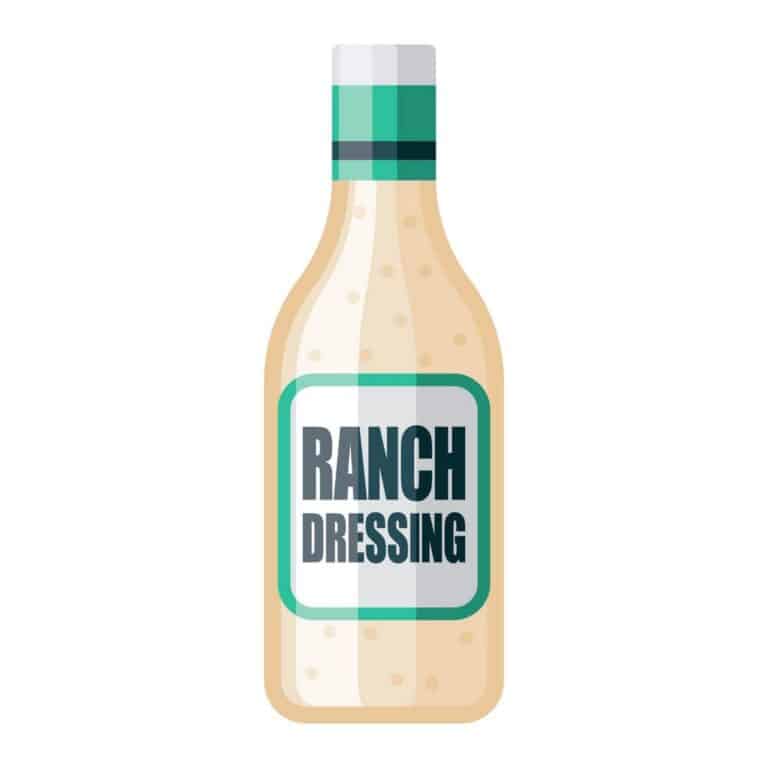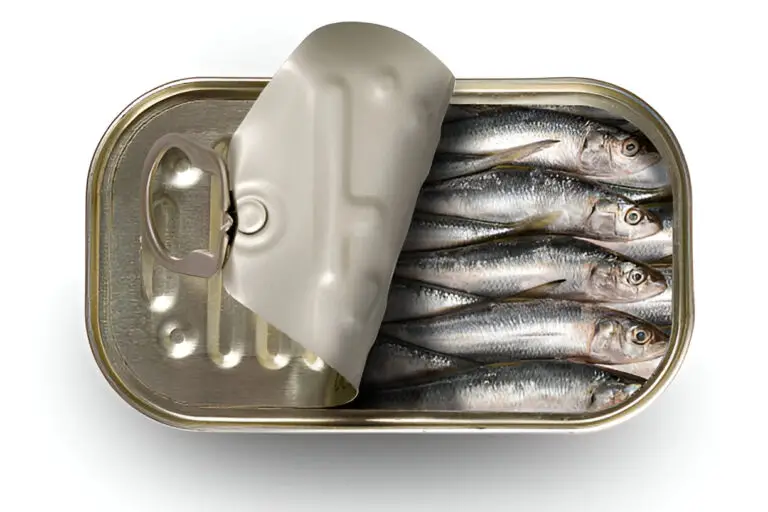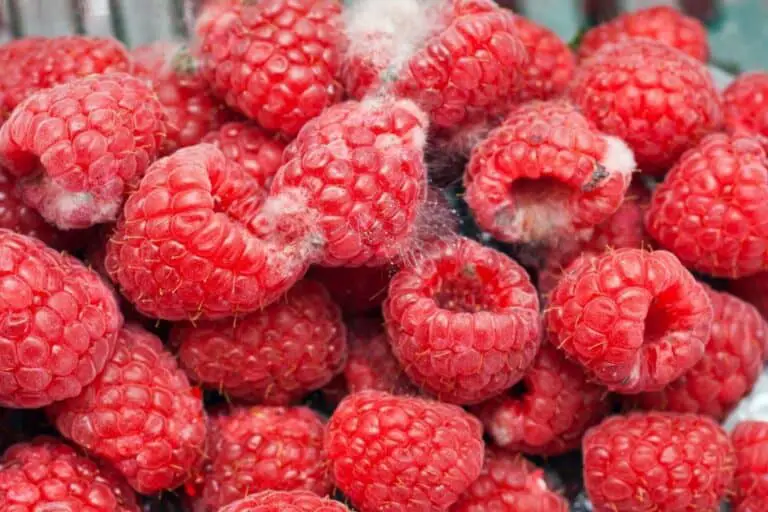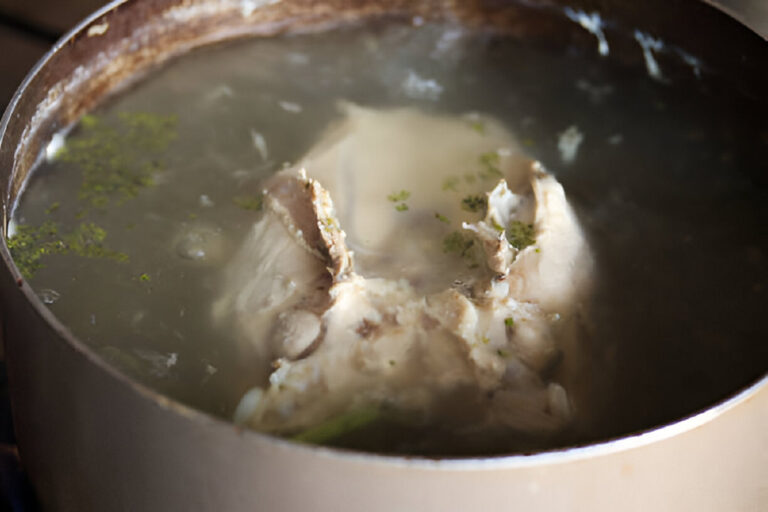Why Is My Watermelon Hard and Crunchy? Watermelon Hardness Explained
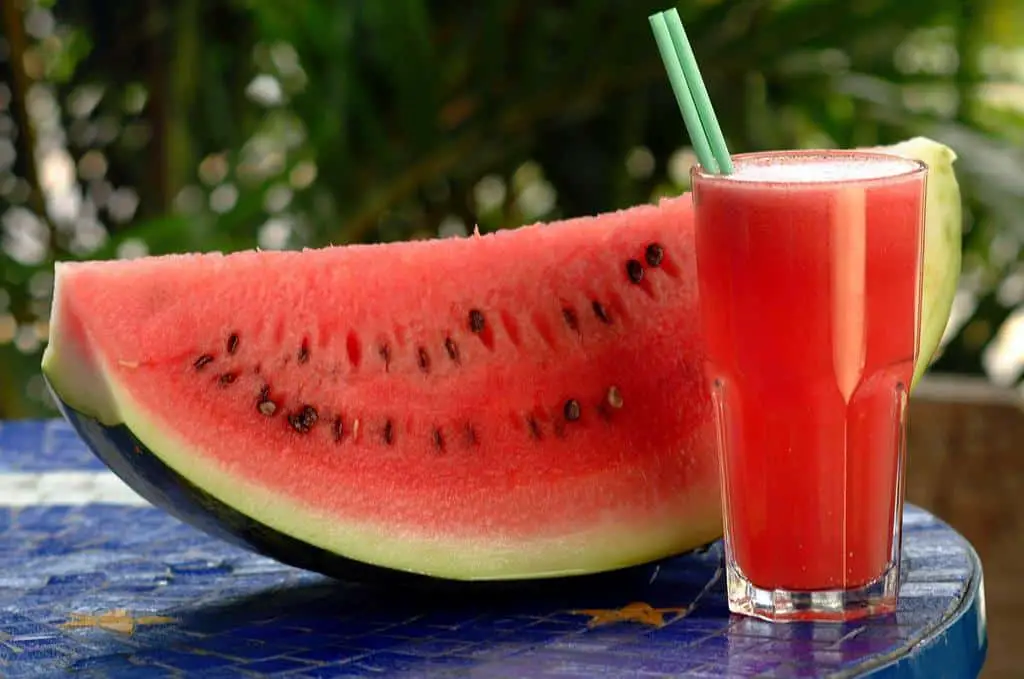
There’s nothing quite like the anticipation of sinking your teeth into a ripe, juicy watermelon on a scorching summer day. Yet, the feeling of biting into a hard, crunchy watermelon can be a disappointing curveball, leaving you wondering what went wrong.
Watermelon hardness can be a real disappointment, but there are several factors that contribute to this issue. Why is it that some watermelons deliver that perfect balance of sweetness and juiciness, while others remain stubbornly hard and underwhelming?
In this article, we’ll delve into the world of watermelon hardness, exploring why it happens and what you can do to ensure you pick the perfect watermelon that’s juicy and sweet.
Normal Watermelon Taste and Texture
Watermelon, the quintessential summer fruit, offers a delightful blend of taste and texture that’s both refreshing and satisfying. Its flavor is synonymous with sunshine and picnics, providing a sweet, slightly tangy experience that can vary from subtly juicy to explosively watery.
When you take a bite, you’ll first encounter a burst of cool, mildly sweet liquid, which gradually yields firmer, more fibrous flesh. This combination of sensations is what makes watermelon a beloved choice during hot summer days.
The texture of a perfect watermelon is where the magic lies. When you slice through its thick green rind, you should find smooth, vibrantly colored, seed-studded, or seedless flesh that’s moist but not soggy. This marriage of softness and slight crunchiness makes watermelon a symphony of tactile delight. Moreover, it’s a fruit that can be enjoyed in various forms, whether as a simple slice, a refreshing salad ingredient, a smoothie base, or even as a frozen treat.
For a quick reference, here’s a table highlighting the key characteristics of ideal watermelon taste and texture:
| Aspect | Description |
| Taste | Sweet, slightly tangy, and refreshing. |
| Initial Sensation | Burst of cool, mildly sweet liquid. |
| Texture | Smooth, moist, and slightly crunchy. |
| Versatility | Suitable for slices, salads, smoothies, and more. |
Why Is Some Watermelon Hard and Crunchy? (Factors Affecting Watermelon Hardness)
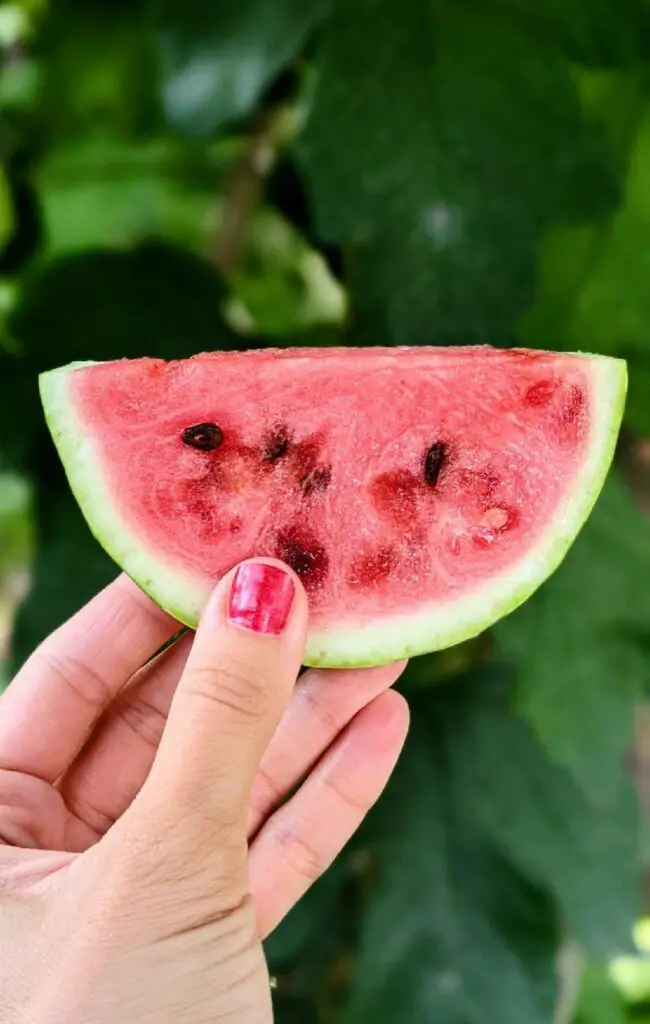
Watermelon hardness is the result of various factors that come into play during the growth, ripening, and harvesting of the fruit. Here’s a closer look at these factors:
1. Variety Matters
Not all watermelons are created equal when it comes to texture. Different watermelon varieties have distinct textures. Some are naturally sweeter and juicier, while others tend to be firmer. For instance, the Crimson Sweet variety is known for its sweetness and juiciness, while the Sugar Baby variety has a denser, crisper texture.
2. Ripeness is Key
One of the primary factors determining watermelon hardness is its ripeness at the time of harvest. Watermelons need to be picked at just the right moment to ensure optimal texture. Overly ripe or underripe watermelons can be hard and crunchy.
3. Environmental Factors
Environmental conditions during growth play a significant role in watermelon texture. Factors such as climate, soil quality, and even the region where the watermelon is grown can affect how hard or soft it becomes. Watermelons grown in arid, hot climates may be drier and harder.
4. Storage and Shelf Life
The way you store your watermelon after purchasing it can impact its texture. Proper storage is essential to maintaining freshness. If a watermelon is stored at too low a temperature, it can become hard and lose its sweetness.
Watermelon Varieties and Textures
| Watermelon Variety | Texture |
| Crimson Sweet | Juicy and Sweet |
| Sugar Baby | Dense and Crisp |
| Black Diamond | Sweet and Juicy |
| Charleston Gray | Moderately Dense |
| Yellow Doll | Soft and Sweet |
Watermelon Ripeness and Harvesting
Picking a watermelon at the right time is critical. How do you know when a watermelon is ripe? Look for these signs:
- The underside should have a creamy, yellow spot, indicating it sat on the ground to ripen fully.
- Tapping it should produce a deep, resonant sound.
- The skin should be firm and have a dull sheen.
- A ripe watermelon should feel heavy for its size.
Environmental Factors
The environment in which watermelons are grown can significantly affect their texture. Here are some key environmental factors:
- Climate: Watermelons thrive in warm, sunny conditions. Cooler climates might produce watermelons with a denser, less juicy texture.
- Soil Quality: Well-drained, nutrient-rich soil is crucial for watermelon development. Poor soil quality can lead to hard and less flavorful fruit.
- Geographical Region: Watermelons grown in different regions may have varying textures due to differences in climate and soil composition.
Storage and Shelf Life
Proper storage can make a world of difference in the texture of your watermelon. Follow these guidelines for optimal results:
- Temperature: Store watermelons at temperatures between 50°F and 70°F (10°C – 21°C). Avoid exposing them to temperatures below 50°F (10°C), or they may become hard.
- Humidity: Keep the humidity level relatively high in your storage area to prevent watermelon dehydration.
- Avoid Refrigeration: While refrigeration is suitable for short-term storage, excessively cold temperatures can alter the texture of the watermelon. Only refrigerate if you plan to consume the watermelon within a few days.
How to Ripe an Unripe-and-Hard Watermelon
If you’ve ended up with a hard watermelon, all is not lost. There are ways to ripen it at home:
- Room Temperature Ripening: Simply place the watermelon at room temperature for a few days. This allows it to ripen naturally and become softer and juicier.
- Paper Bag Ripening: Put the watermelon in a paper bag with an apple or banana. These fruits emit ethylene gas, which can expedite the ripening process.
- Overnight in the Fridge: If you have a watermelon that’s almost ripe but not quite there, placing it in the fridge overnight can enhance its texture. The cold will help solidify the sugars, making them sweeter and softer.
Cutting and Serving Watermelon
Cutting a watermelon properly and presenting it well can enhance the experience, even if it’s a bit harder than you’d like. Here’s how to do it:
- Slice It: Cut the watermelon into slices or cubes. Removing the rind and seeds is optional, depending on personal preference.
- Chill It: Serve your watermelon chilled for a refreshing experience. You can even serve it in a chilled bowl or on ice for a more appealing presentation.
- Add a Twist: Sprinkle some salt, chili powder, or Tajin seasoning to add a zesty flavor to your watermelon if it’s not as sweet as you’d like.
Tips for Selecting the Perfect Watermelon
After learning about the factors affecting watermelon hardness and ripeness, here are some practical tips to ensure you choose a watermelon that’s perfect for your taste:
- Look for watermelons with a creamy, yellow spot on the underside. This indicates full ripening on the vine.
- Pay attention to the stem. A green stem is a good sign that the watermelon was harvested at the right time. If the stem is brown and withered, the watermelon might be overripe.
- Give it a tap: Gently tap the watermelon and listen for a deep, resonant sound. A dull thud suggests ripeness, while a high-pitched sound might indicate an underripe watermelon.
- Examine the skin: A ripe watermelon should have a dull sheen, not a glossy one. The skin should also be firm and free from blemishes.
- Choose a heavy one: Pick up a few watermelons and choose the heaviest for its size. A heavier watermelon indicates a higher water content, which is a good sign of ripeness and juiciness.
By following these tips, you can increase your chances of selecting a watermelon that’s not only sweet and juicy but also free from the disappointing hardness you want to avoid.
Culinary Uses for Hard Watermelon
While enjoying a hard watermelon fresh is the ideal goal, you can still make the most of it in various culinary applications. Here are some creative ideas:
- Watermelon Salsa: Chop the hard watermelon into small pieces and mix it with diced tomatoes, onions, cilantro, lime juice, and a touch of salt. Serve this refreshing salsa with tortilla chips or as a topping for grilled chicken or fish.
- Watermelon Smoothies: Blend the hard watermelon with yogurt, ice, and a bit of honey for a refreshing and nutritious smoothie.
- Watermelon Sorbet: Puree the watermelon, add some sugar or honey, and freeze it for a delightful watermelon sorbet.
- Watermelon Salad: Toss chunks of hard watermelon with feta cheese, mint leaves, and a balsamic vinaigrette for a unique salad.
- Watermelon Agua Fresca: Mix the watermelon with water, a squeeze of lime, and a little sweetener to create a traditional Mexican agua fresca.
FAQs on Ripeness and Hardness of Watermelon
What are the signs of a ripe watermelon?
Look for a uniform shape, a dull skin, a creamy yellow spot on the underside, and a hollow sound when tapped. These signs usually indicate a ripe and sweet watermelon.
Are there any watermelon varieties that are naturally soft and sweet?
Yes, some watermelon varieties, like the “Sugar Baby” and “Crimson Sweet,” are known for their natural sweetness and softer texture.
Can you ripen a watermelon after it’s been cut?
Unfortunately, once a watermelon is cut, it won’t ripen further. It’s essential to choose a ripe one before slicing.
What causes watermelons to become mealy and tasteless?
The mealy texture and bland taste of watermelons are often due to overripeness, improper storage, or exposure to cold temperatures.
How do I know if a watermelon is overripe, and what are the consequences of overripeness?
Overripe watermelons exhibit a mushy texture, an unpleasant fermented odor, and a loss of sweetness. They’re not suitable for consumption.
Are there any alternative uses for hard watermelon that don’t involve consumption?
Hard watermelon can be used for creative purposes like carving decorative shapes, making watermelon popsicles, or even using it in skincare as a natural exfoliant.



